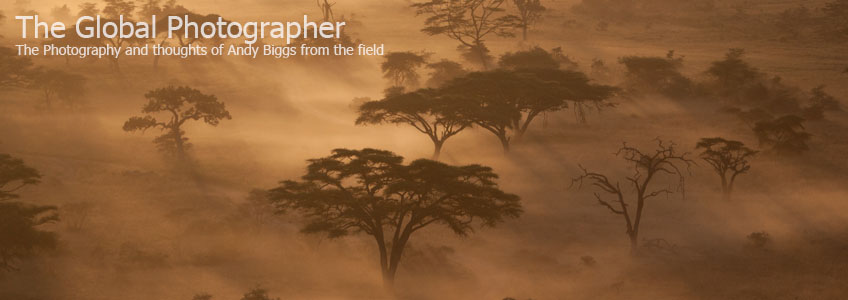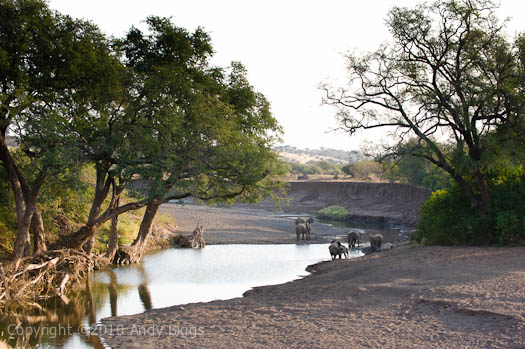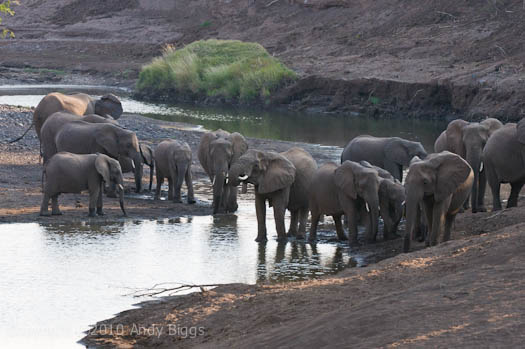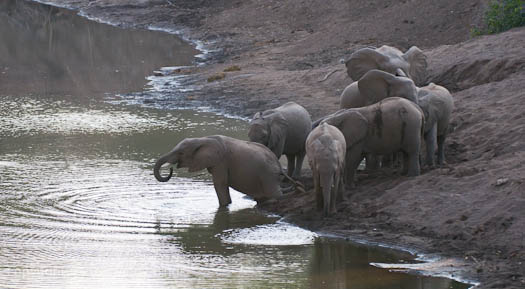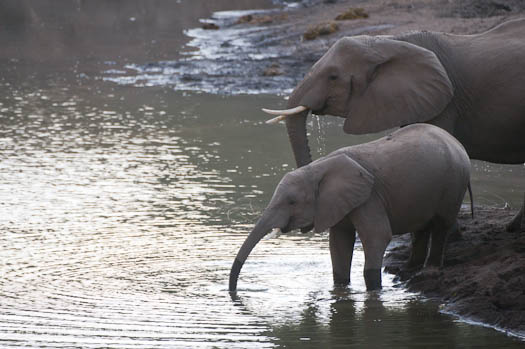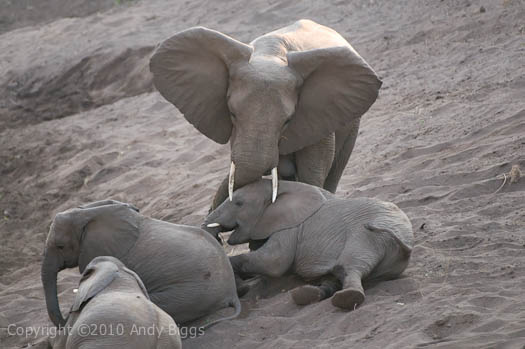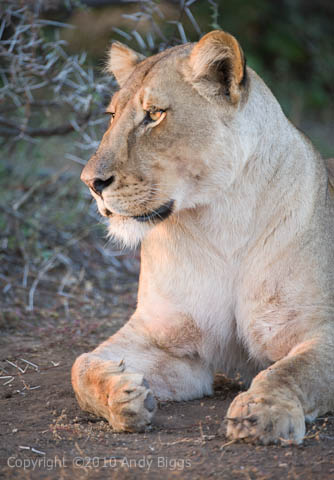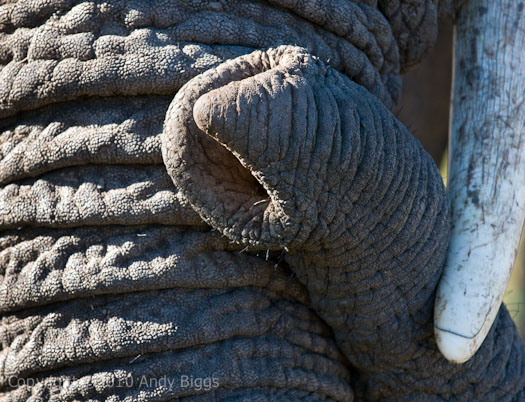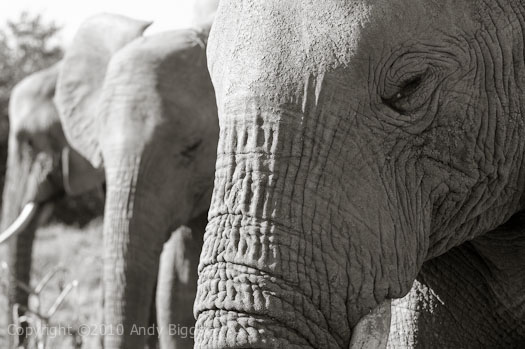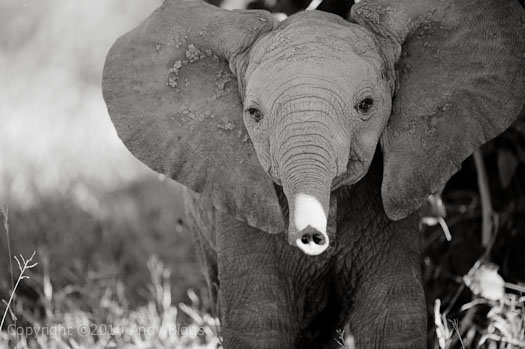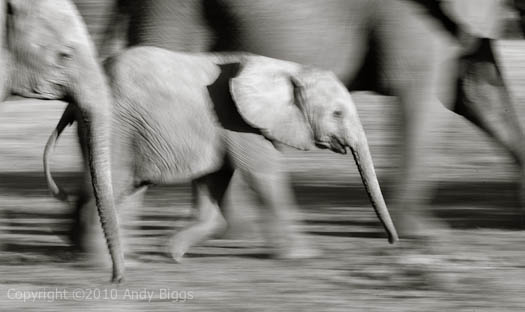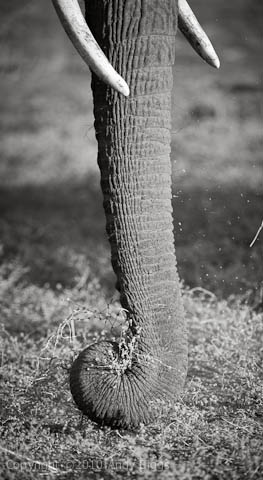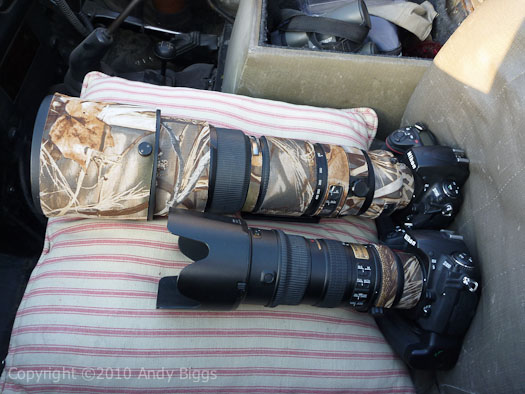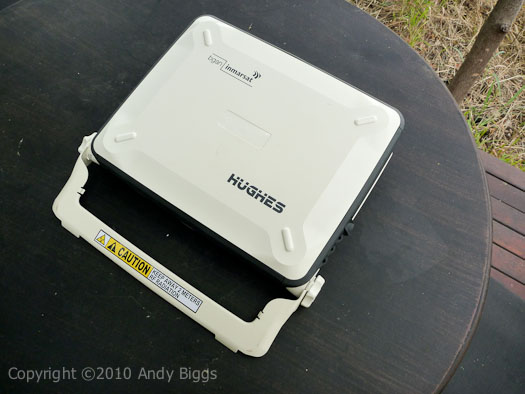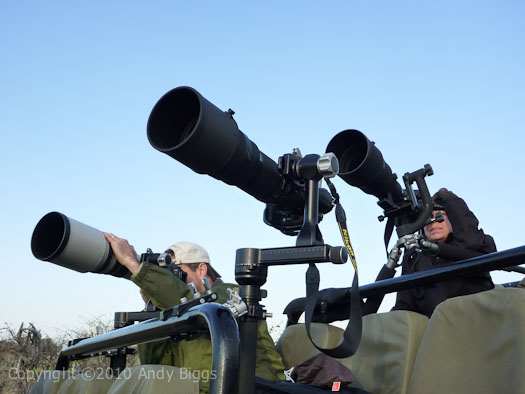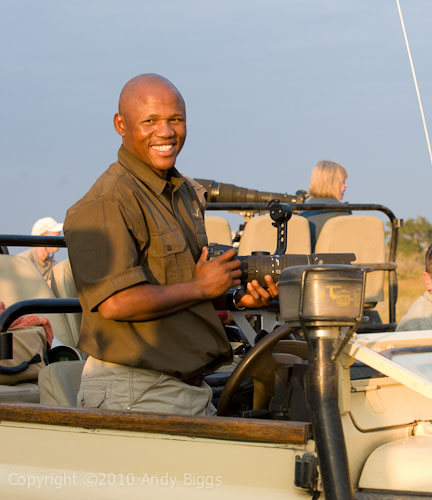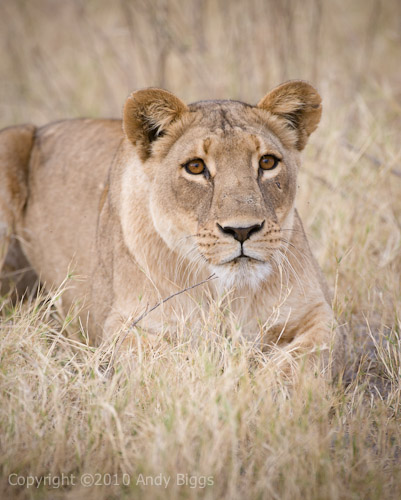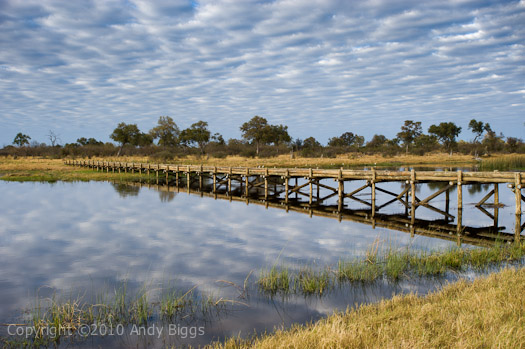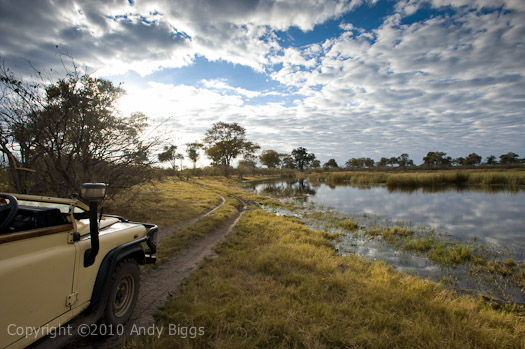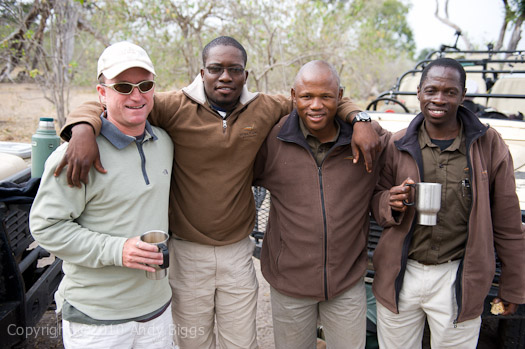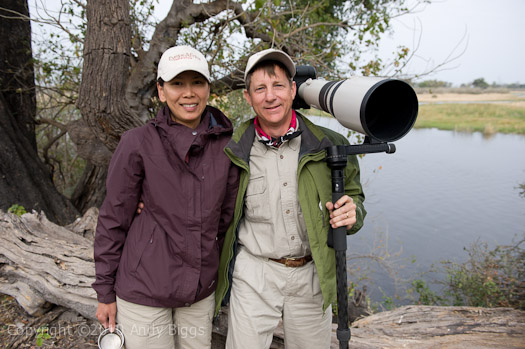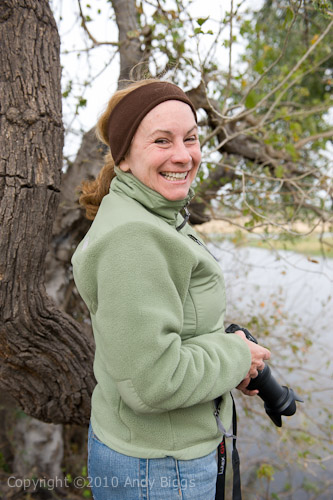Day 16 –Mashatu Main Camp / Rattray’s on Mala Mala, South Africa
 Thursday, August 12, 2010 at 11:54PM
Thursday, August 12, 2010 at 11:54PM This morning’s game drive was a short one, because we needed to get back to camp, pack, eat breakfast, drive to the airstrip and head for Mala Mala. I primarily photographed adult baboons with their young, and I have to be honest that it was a challenging task. I wanted to take advantage of a unique lighting situation, where the baboons were in the bright daylight and just behind them there was complete shadow. This was a great lighting situation, as it made it easier to highlight what the actual subject of the scene was. It was a near miss for me, as I could never seem to get all of the 3 adults and 3 young to look towards the camera, or at least near the camera.
We made our 12pm plane flights to Mala Mala, via Polokwane for immigration, and the flights and immigration took about 2.5 hours. When we arrived at Mala Mala, my friend and ranger Matt Meyer was waiting for us on the airstrip. Mala Mala has a wonderful airstrip that is paved, so light jets to bush planes can all service the camps here.
We drove the short drive to Rattray’s on Mala Mala, our camp for the next 4 nights, and quickly checked in. We were assigned our rooms, dropped off our bags and met back in the common area. Food was ready for us, but we had to respectfully pass and get into the Land Rovers for some wildlife. Mala Mala is one of my favorite locations in all of Africa for predators, specifically leopards and lions. Mala Mala is a well-run game reserve, and offroading is a necessary part of the experience here. The rangers are extremely professional, and many of them are avid photographers themselves. We are working with Matt, Donald, Gordon and Dean for the next 4 days, and all of them are great guys and photographers.
Upon leaving camp, we heard of an adult female leopard near Mala Mala Main Camp, so we knew exactly where to go. We met up with her and only had 10 minutes of shooting before we snapped something underneath our vehicle. It was our tie rod, which wasn’t a big deal at all, but we were disabled nonetheless. We had driven over a really nasty iron wood stump, and we had to have another vehicle brought out to us. John loaned us his Rover for the afternoon, and by the time we moved our belongings the leopard had pretty much moved on into the dense brush. It wasn’t a big deal, because I knew that we would have more opportunities over the next 4 days.
On our way back to camp, we stopped for sparring giraffes and a pair of white rhino. Not bad for a 2 hour game drive, eh? J
Dinner was in the outdoor boma, and the fire tonight was absolutely stellar. Tonights’ dinner was made up of kudu, roasted veggies, roasted tomato & basil soup with ice cream for desert. Not exactly diet material, but I think I can cope.
Note: All images in these daily blog postings are very very rough edits of the things we have seen, and I often omit the photographs that take too much time to process. I don’t take much time off during the day, as I am working with people with their photographic needs. All of my images in these posts will have to be re-processed when I get back home, and they are only included in these blog entries for illustration purposes.
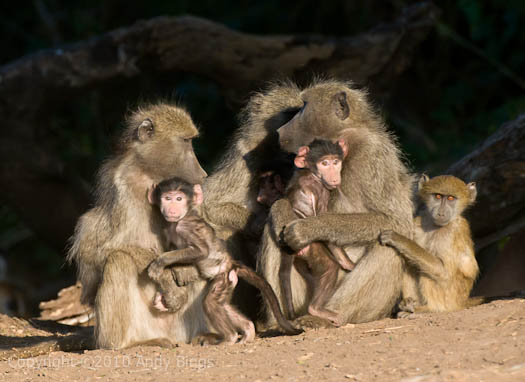
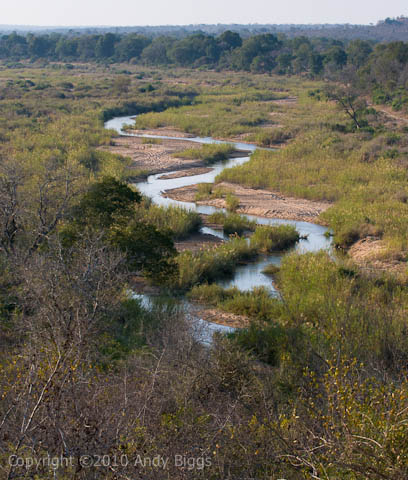
Overlook with the Sand River
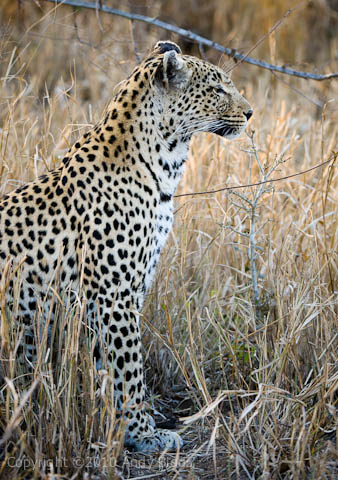
Our first leopard at Mala Mala
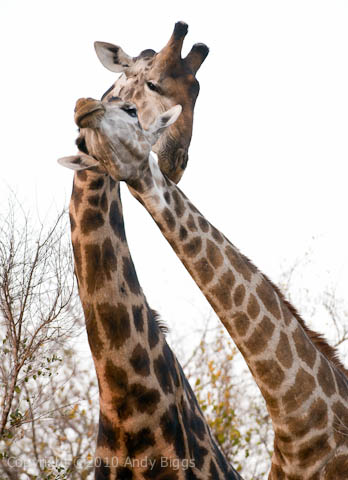
Sparring Giraffes
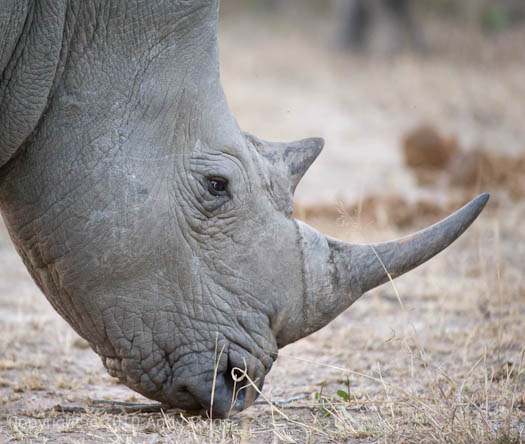
..and our first rhino
 Maahtu,
Maahtu,  Mala Mala,
Mala Mala,  Photo,
Photo,  Rattray's,
Rattray's,  Sabi Sands,
Sabi Sands,  Workshop,
Workshop,  africa,
africa,  safari in
safari in  Safari Reports
Safari Reports 